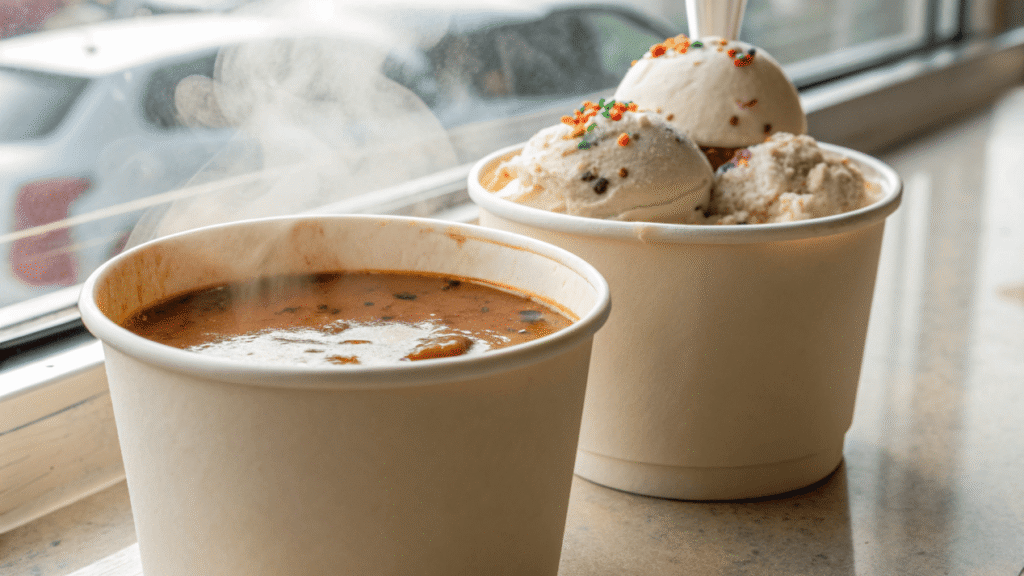You switched to eco-friendly cups, but they leak or get soggy. This undermines your green commitment and frustrates customers, damaging your brand's reputation. Don't let this happen.
Judge quality by demanding proof of four standards: rigorous leak-proof testing, superior temperature resistance for hot and cold, official compostability certifications like BPI, and compliance with food-grade safety regulations like FDA.
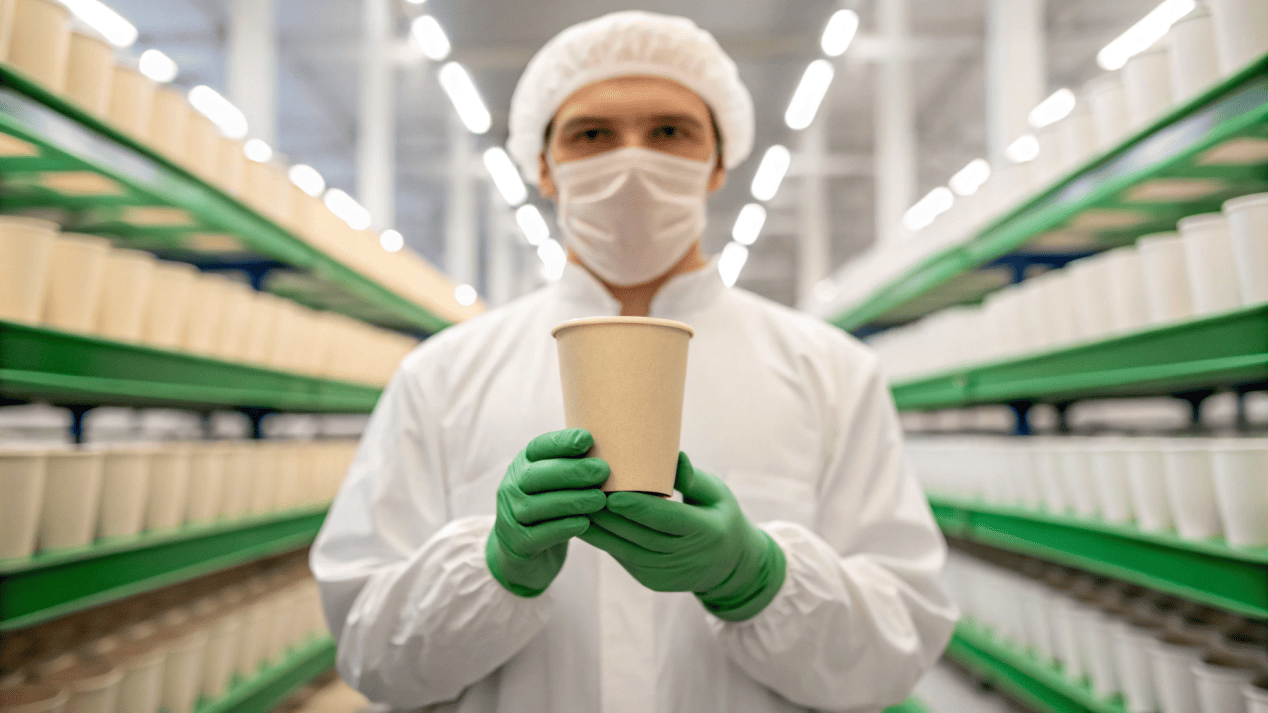
For over 20 years, I have seen brands invest in eco-friendly packaging only to be disappointed by the performance. They make a great choice for the planet, but a terrible one for their customers. A "green" cup that fails is not a good product. True quality means a product works perfectly AND fulfills its environmental promise. From my factory floor, I can tell you that this quality is not an accident; it is the result of strict, non-negotiable standards. Let's break down exactly what you should demand from your supplier.
How Can You Be Sure a Cup Won't Leak?
A leaky cup is a disaster for your customer and your reputation. You need to know your cups are reliable. A supplier's promise is not enough; you need to see their proof.
Ensure a cup is leak-proof by asking your supplier for results from 24-hour liquid hold tests, dye penetration tests, and pressure tests that prove the strength of the seams and base.
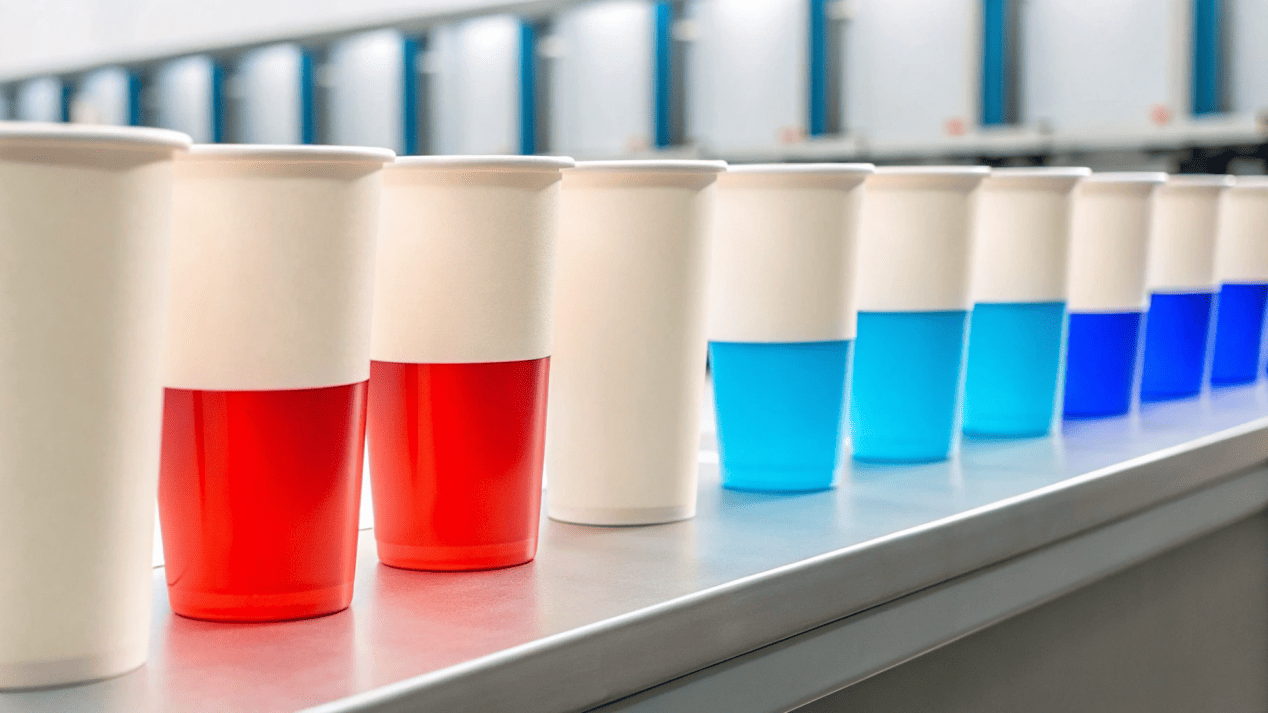
The single most important function of a cup is to hold liquid. If it fails, nothing else matters. In my manufacturing process, the seams—where the side is joined and the base is sealed—are the most critical points. A tiny imperfection here will lead to a leak. That is why simple visual checks are not enough. We conduct a series of tough tests to guarantee performance. When you talk to a supplier, you should ask if they perform these specific tests.
Key Leak-Proofing Tests
- 24-Hour Liquid Hold Test: We fill sample cups with water and let them sit for a full day. We look for any sign of moisture or seepage on the outside. This simulates a worst-case scenario.
- Dye Penetration Test: We use a colored liquid. The bright color makes even a microscopic leak instantly obvious. This helps us spot potential weaknesses in a batch.
- Pressure Testing: We check if the seams can handle the real-world pressure of a customer gripping the cup. The base and side seals must be strong.
If a potential supplier cannot describe their leak-testing process in detail, I see it as a major red flag.
Will Your Cups Withstand Hot Soup and Cold Ice Cream?
Your cup deforms with hot coffee or gets soggy with a cold drink. This feels cheap and can be a safety hazard. Your cups must maintain their structure under all conditions.
Yes, if they are made from high-GSM paperboard that resists heat and have a quality lining (like PLA) that doesn't peel. They must also be treated to resist condensation from cold contents.
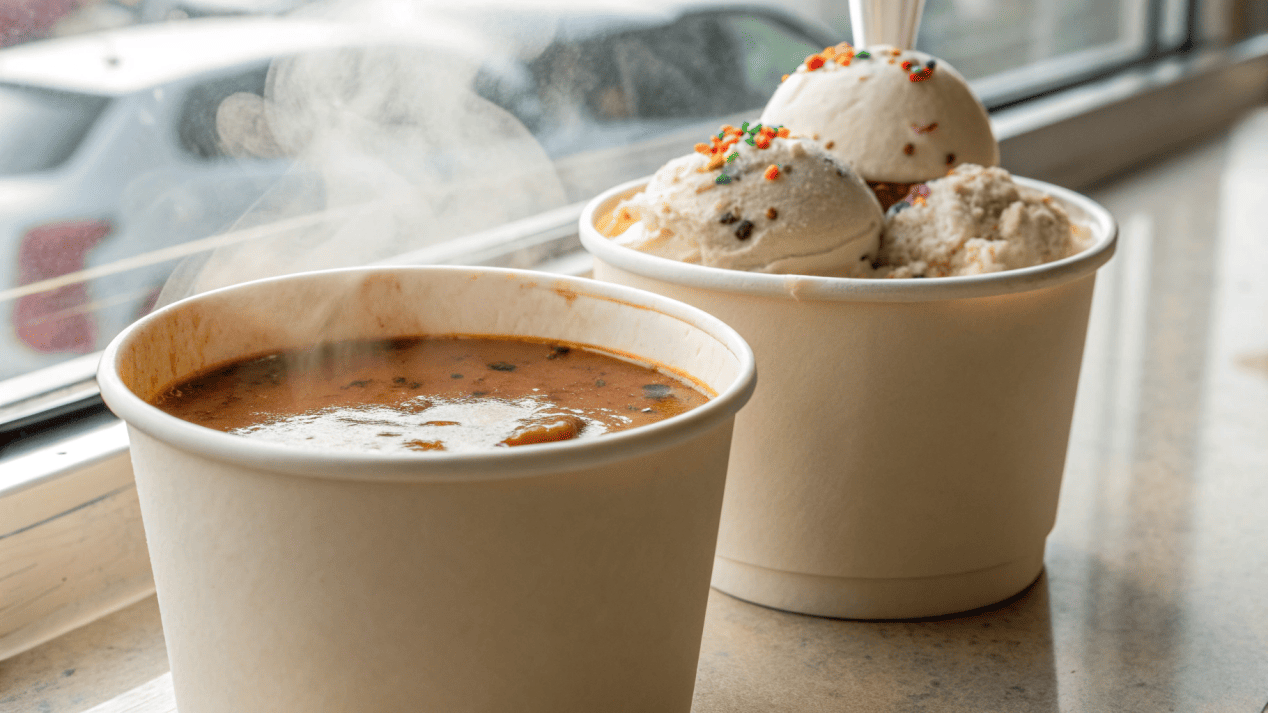
A cup's performance changes dramatically with temperature. As a manufacturer, I have to account for both extremes. For hot contents, the key is the quality of the paperboard, measured in GSM (grams per square meter). A higher GSM means thicker, stronger paper that will not soften or lose its shape when filled with a steaming latte or soup. The inner PLA or water-based lining must also be applied perfectly so it doesn't bubble, peel, or add any unwanted taste. For cold contents, the enemy is condensation. On a humid day, moisture from the air will collect on the outside of a cup holding a cold drink. A low-quality cup will absorb this moisture and become weak and soggy. I ensure our cups are built to resist this external moisture, staying firm for the customer. Before you place a large order, I always recommend a simple test: use supplier samples with your hottest coffee and your coldest milkshake. See for yourself how they hold up.
Is Your "Compostable" Cup Actually Compostable?
You pay a premium for "compostable" cups, but is it just a word printed on the side? Many "green" claims are marketing tricks. You need to know if the promise is real.
A cup is only truly compostable if it has third-party certifications from recognized institutions like BPI (for North America) or TÜV Austria (for Europe). Always ask your supplier for these certificates.
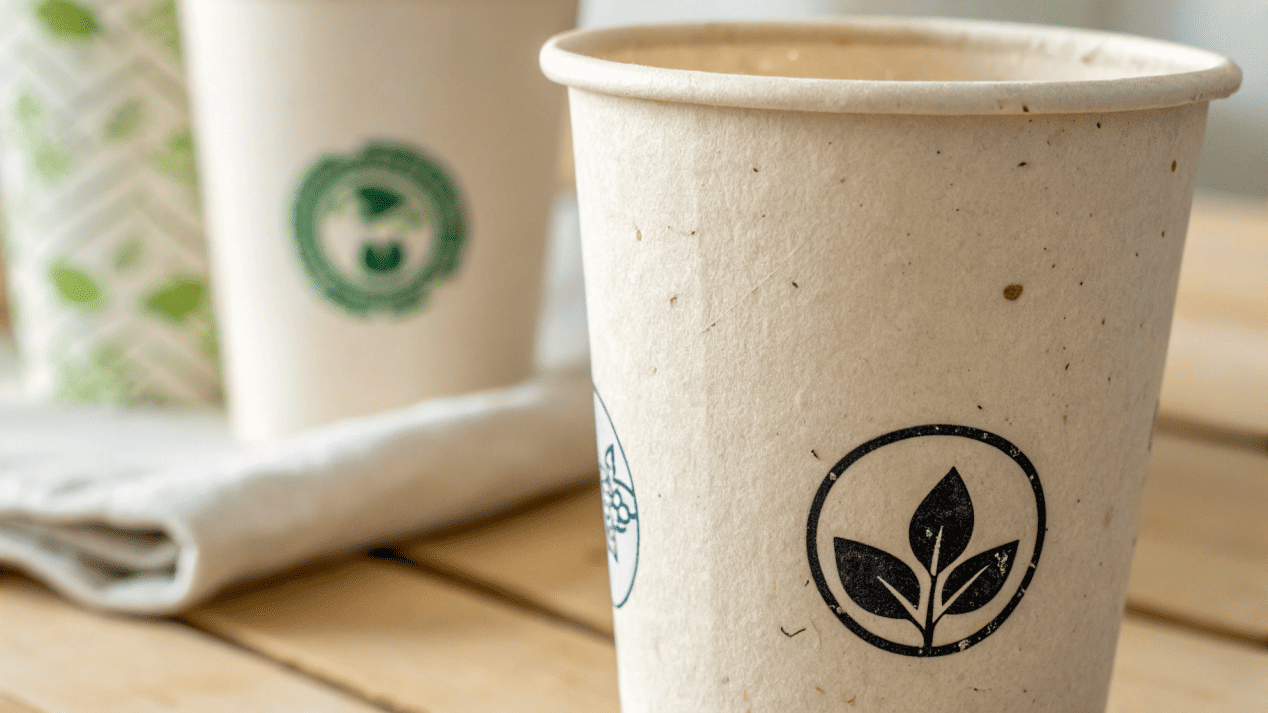
This is one of the most important things I discuss with my clients. In today's market, vague terms like "eco-friendly" or "biodegradable" are often meaningless. True compostability is a scientific standard. It means a product will break down into healthy soil within a specific timeframe in a controlled environment. The only way to know for sure is through independent, third-party certification. These organizations conduct rigorous tests to verify a manufacturer's claims. If a supplier tells you their cups are compostable, your response should always be, "Can you please send me your certificate?"
| Certification | Region | What It Guarantees |
|---|---|---|
| BPI (Biodegradable Products Institute) | North America | The product is certified to be compostable in commercial or industrial composting facilities. |
| TÜV Austria (OK compost INDUSTRIAL) | Europe / Global | The product is certified compostable in industrial facilities, a very high standard. |
| TÜV Austria (OK compost HOME) | Europe / Global | The product can break down in a lower-temperature backyard compost bin. |
If a supplier cannot provide these documents, their claims are not verified. For me, this is a non-negotiable standard of quality and trust.
Are Your Eco-Friendly Cups Safe for Your Customers?
You focus on the cup being planet-friendly, but overlook a bigger risk. The cup must be human-friendly. Packaging that touches food must be free from harmful chemicals to be truly high-quality.
Yes, if they meet strict food-grade safety standards. A reputable manufacturer must provide proof of compliance with regulations like FDA for the US market or LFGB for the European market.
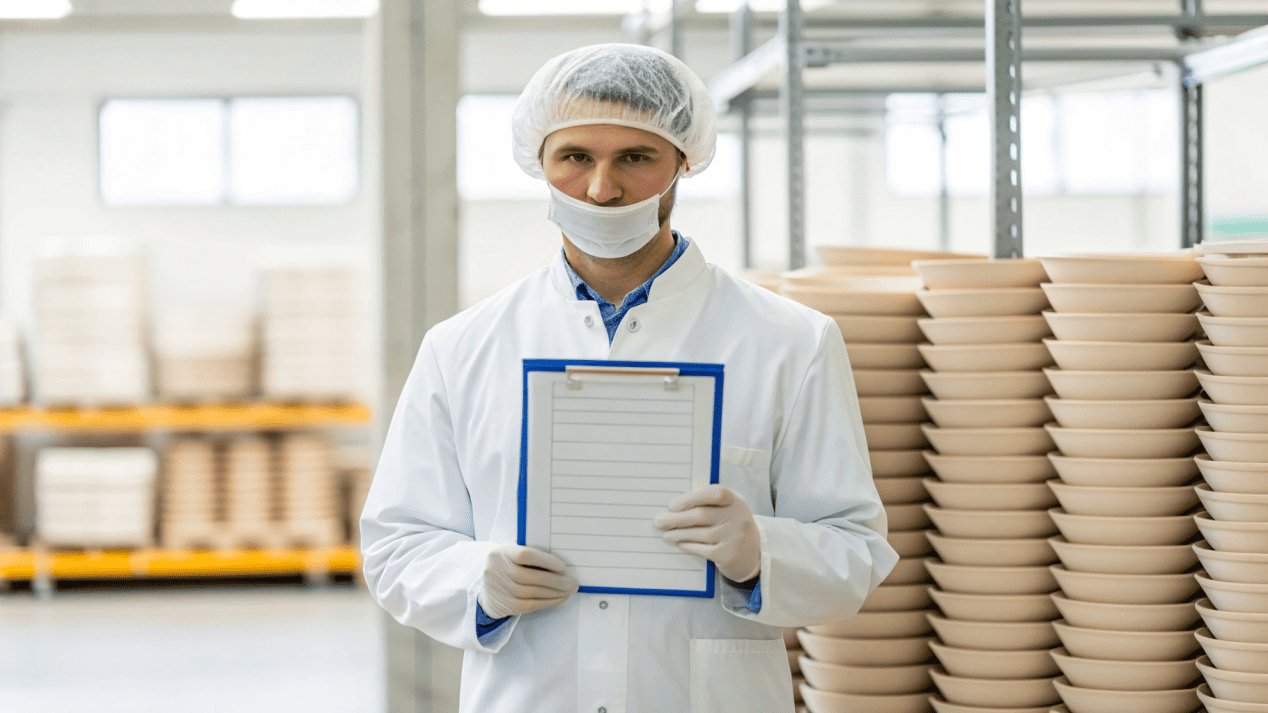
The final pillar of quality is safety. Since paper cups and bowls come into direct contact with food and drink, they must be proven safe for human use. This means the paper, inks, and linings are free from heavy metals, toxins, and other harmful substances. As a responsible manufacturer, I ensure my products meet the most stringent international standards. Providing proof of this compliance is a basic requirement. You should never assume a product is safe just because it is sold for food use. Always ask for the documentation.
| Standard | Region | Purpose |
|---|---|---|
| FDA (U.S. Food and Drug Administration) | United States | Guarantees that the materials used are considered safe for direct contact with food. |
| LFGB (German Food and Feed Code) | Europe (Germany) | One of the world's strictest food safety standards, often adopted as a sign of high quality across Europe. |
| ISO 9001 | Global | A quality management certification. It shows the manufacturer has consistent, documented processes to ensure quality control. |
If a supplier is hesitant or unable to provide you with their food safety compliance certificates, do not work with them. True quality means protecting your customers as much as you protect the planet.
Conclusion
True quality is proven, not promised. Demand proof of leak tests, temperature stability, genuine eco-certifications, and food safety compliance. This protects your customers, your brand, and your investment.
